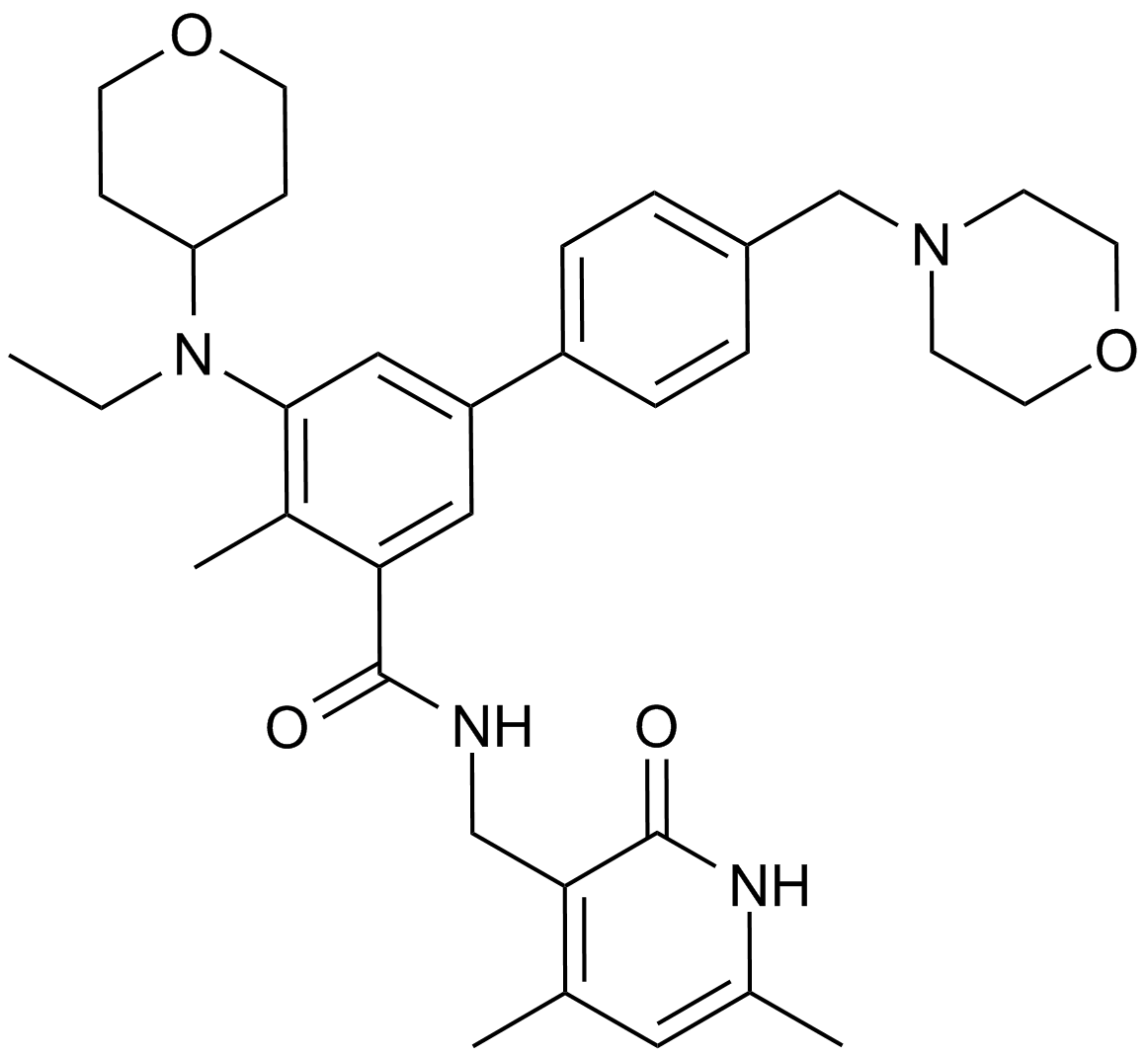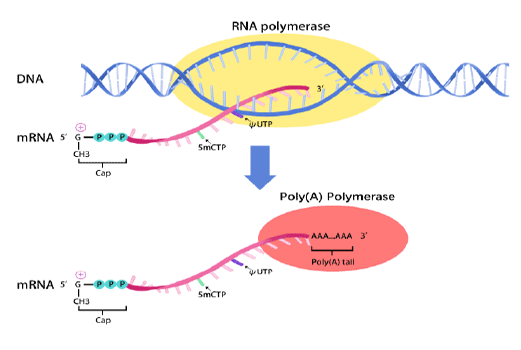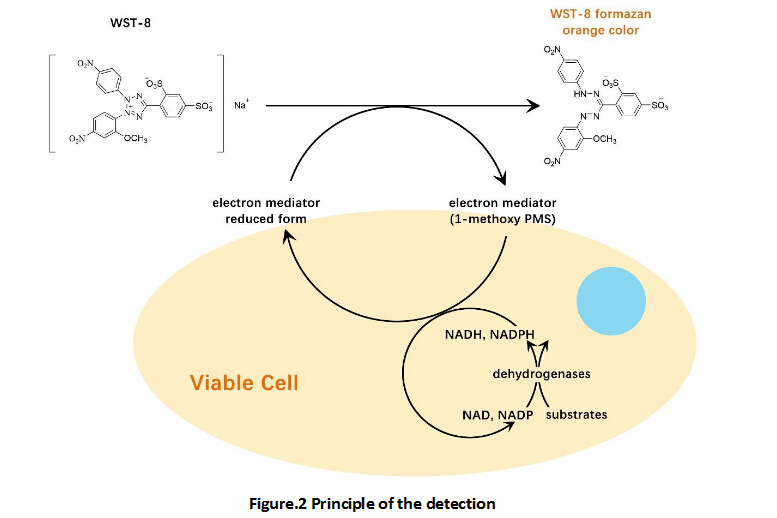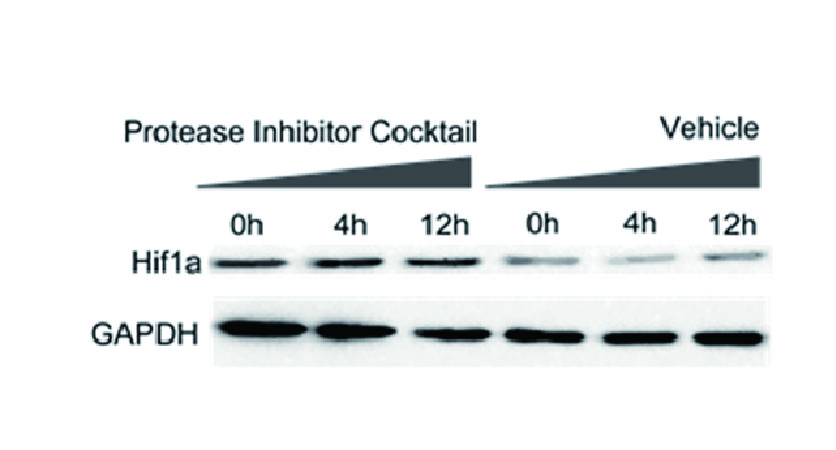EPZ-6438 [1403254-99-8]
Cat# A8221-5mg
Size : 5mg
Brand : APExBIO Technology
Request more information
Please log in to use this feature.
EPZ-6438
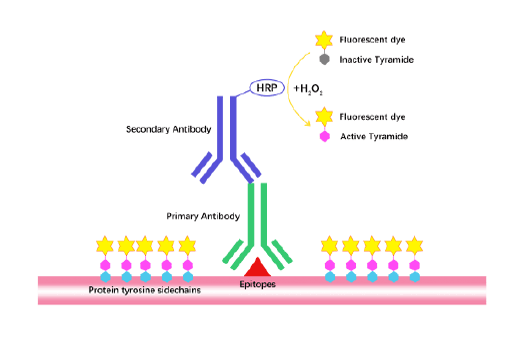
Tyramide Signal Amplification (TSA)
TSA (Tyramide Signal Amplification), used for signal amplification of ISH, IHC and IC etc.
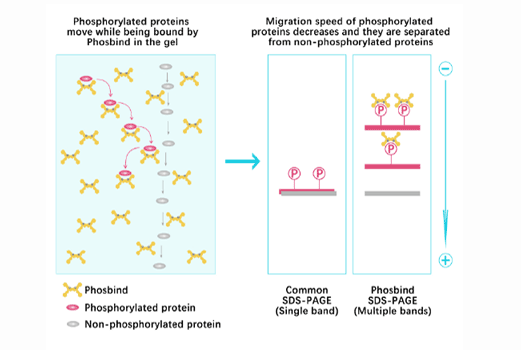
Phos Binding Reagent Acrylamide
Separation of phosphorylated and non-phosphorylated proteins without phospho-specific antibody
Background
EPZ-6438 is a potent and bio-available inhibitor of EZH2, the catalytic subunit of polycomb repressive complex 2 (PRC2) catalyzing the methylation of lysine 27 of histone H3 (H3K27), that inhibits the activity of human PRC2-containing wild-type EZH2 with a value of inhibition constant Ki of 2.5 nM. EPZ-6438 competitively binds to the S-adenosylmethionine (SAM) binding site of EZH2 and also non-competitively binds to the binding sites of peptide or nucleosome substrate. EPZ-6438 selectively inhibits EZH2 with selectivity 35-fold greater than EZH1. Study results have suggested that EPZ-6438 exhibits dramatic and permanent anti-tumor activity in MRT models through synergistic effects of EPZ-6438-mediated EZH2 inhibition on several cancer pathways.
Reference
Sarah K. Knutson1, Natalie M. Warholic, Tim J. Wigle, Christine R. Klaus, Christina J. Allain, Alejandra Raimondi, Margaret Porter Scott, Richard Chesworth, Mikel P. Moyer, Robert A. Copeland, Victoria M. Richon, Roy M. Pollock, Kevin W. Kuntz, and Heike Keilhack. Durable tumor regression in genetically altered malignant rhabdoid tumors by inhibition of methyltransferase EZH2. PNAS 2013; 110 (19): 7922-7927
Product Citation
- 1. St-Arnaud, Myriame, et al. "Étude de la régulation des profils métaboliques par la méthyltransférase Enhancer of Zeste Homologue 2 dans le cancer du sein triple négatif." Université de Montréal. Dec 2022.
- 2. Fumiya Moribe, Momoko Nishikori, et al. "Epigenetic suppression of SLFN11 in germinal center B-cells during B-cell development." PLoS One. 2021 Jan 29;16(1):e0237554. PMID:33513156
- 3. Otsuka Y, Nishikori M, et al. "EZH2 inhibitors restore epigenetically silenced CD58 expression in B-cell lymphomas." Mol Immunol. 2020;119:35–45. PMID:31962268
- 4. Anastassiia Vertii, Jianhong Ou, et al. "Two Contrasting Classes of Nucleolus-Associated Domains in Mouse Fibroblast Heterochromatin." bioRxiv. 2018 December 03.
- 5. Jiang S, Zhou H, et al. "The Epstein-Barr Virus Regulome in Lymphoblastoid Cells." Cell Host Microbe. 2017 Oct 11;22(4):561-573.e4. PMID:29024646
- 6. Arifuzzaman S, Das A, et al. "Selective inhibition of EZH2 by a small molecule inhibitor regulates microglial gene expression essential for inflammation." Biochem Pharmacol. 2017 Apr 19. pii: S0006-2952(17)30233-2. PMID:28431938
- 7. Wang H, Tian L, et al. "Bone-in-culture array as a platform to model early-stage bone metastases and discover anti-metastasis therapies." Nat Commun. 2017 Apr 21;8:15045. PMID:28429794
- 8. Xia B, Gerstin E, et al. "Transgenerational programming of longevity through E(z)-mediated histone H3K27 trimethylation in Drosophila." Aging (Albany NY). 2016 Nov 25;8(11):2988-3008. PMID:27889707
Chemical Properties
| Physical Appearance | A solid |
| Storage | Desiccate at -20°C |
| M.Wt | 572.74 |
| Cas No. | 1403254-99-8 |
| Formula | C34H44N4O4 |
| Synonyms | E-7438 |
| Solubility | ≥28.64 mg/mL in DMSO; insoluble in EtOH; insoluble in H2O |
| Chemical Name | N-[(4,6-dimethyl-2-oxo-1H-pyridin-3-yl)methyl]-3-[ethyl(oxan-4-yl)amino]-2-methyl-5-[4-(morpholin-4-ylmethyl)phenyl]benzamide |
| SDF | Download SDF |
| Canonical SMILES | CCN(C1CCOCC1)C2=CC(=CC(=C2C)C(=O)NCC3=C(C=C(NC3=O)C)C)C4=CC=C(C=C4)CN5CCOCC5 |
| Shipping Condition | Small Molecules with Blue Ice, Modified Nucleotides with Dry Ice. |
| General tips | We do not recommend long-term storage for the solution, please use it up soon. |
Protocol
| Cell experiment [1]: | |
| Cell lines | SMARCB1-deficient MRT cells |
| Preparation method | Limited solubility. General tips for obtaining a higher concentration: Please warm the tube at 37°C for 10 minutes and/or shake it in the ultrasonic bath for a while. Stock solution can be stored below -20°C for several months. |
| Reaction Conditions | 4-7 days |
| Applications | EPZ-6438 induces a reduction of global H3K27Me3 level in a concentration-dependent manner. In addition, EPZ-6438 leads to a substantial antiproliferative effects as IC50 values within nanomolar range. Treatment of EPZ-6438 results in expression of CD133, DOCK4, and PTPRK and up-regulates CDKN1A and CDKN2A and BIN1in a time-dependent manner. |
| Animal experiment [2]: | |
| Animal models | SCID mice bearing EZH2-mutant lymphoma xenografts. |
| Dosage form | 3 times daily every 8 hours, 2 times a day every 12 hours, or once a day schedules for either 7 or 28 days by oral gavage. |
| Applications | EPZ-6438 dose-dependently causes a reduction of tumor H3K27Me3 levels (EC50 =23 nmol/L). EPZ-6438 also shows a remarkable antitumor effects in a dose dependent manner with 2 cycles of 7-day on/7-day off and 21-day on/7-day off schedules. All EPZ-6438 dose groups except the lowest one leads to complete tumor regressions. |
| Other notes | Please test the solubility of all compounds indoor, and the actual solubility may slightly differ with the theoretical value. This is caused by an experimental system error and it is normal. |
| References: 1. Knutson SK, Warholic NM, Wigle TJ et al. Durable tumor regression in genetically altered malignant rhabdoid tumors by inhibition of methyltransferase EZH2. Proc Natl Acad Sci U S A. 2013 May 7; 110 (19): 7922-7. 2. Knutson SK, Kawano S, Minoshima Y et al. Selective inhibition of EZH2 by EPZ-6438 leads to potent antitumor activity in EZH2-mutant non-Hodgkin lymphoma. Mol Cancer Ther. 2014 Apr; 13 (4): 842-54. | |
Biological Activity
| Description | EPZ-6438 is a potent and selective inhibitor of EZH2 with Ki and IC50 values of 2.5 nM and 11 nM, respectively. | |||||
| Targets | EZH2 | |||||
| IC50 | 11 nM (Ki=2.5 nM) | |||||
Quality Control
Related Biological Data

Related Biological Data

Related Biological Data

Related Biological Data

Related Biological Data

Related Biological Data




